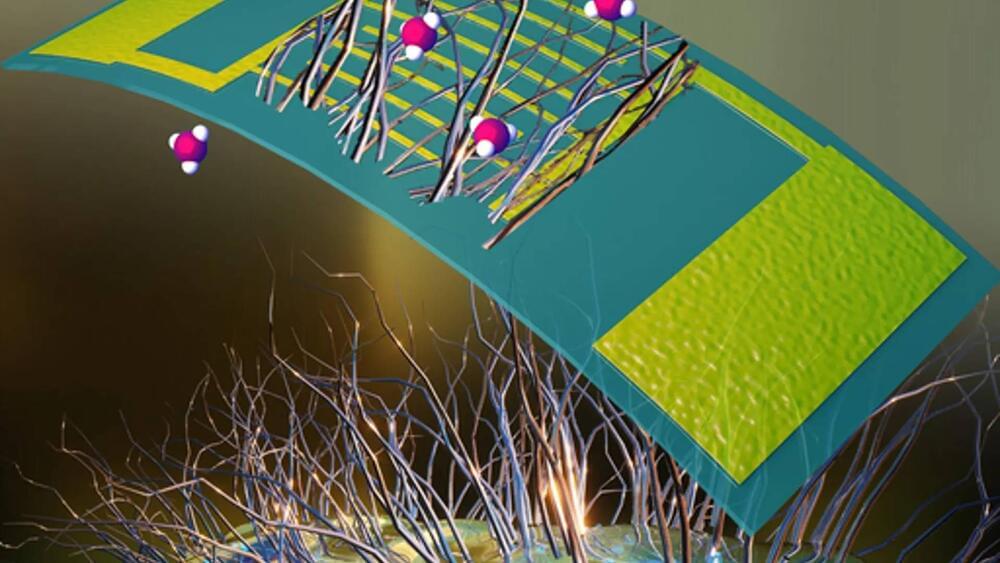The stylish and stealthy microphone may be useful for monitoring patient health or as aids to its hearing impaired wearers.
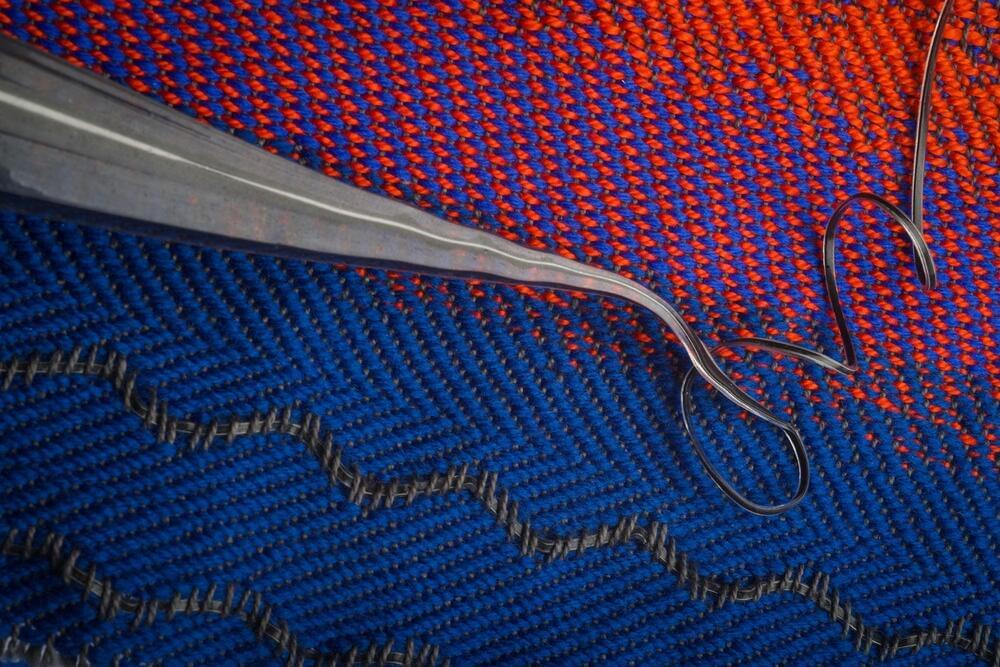

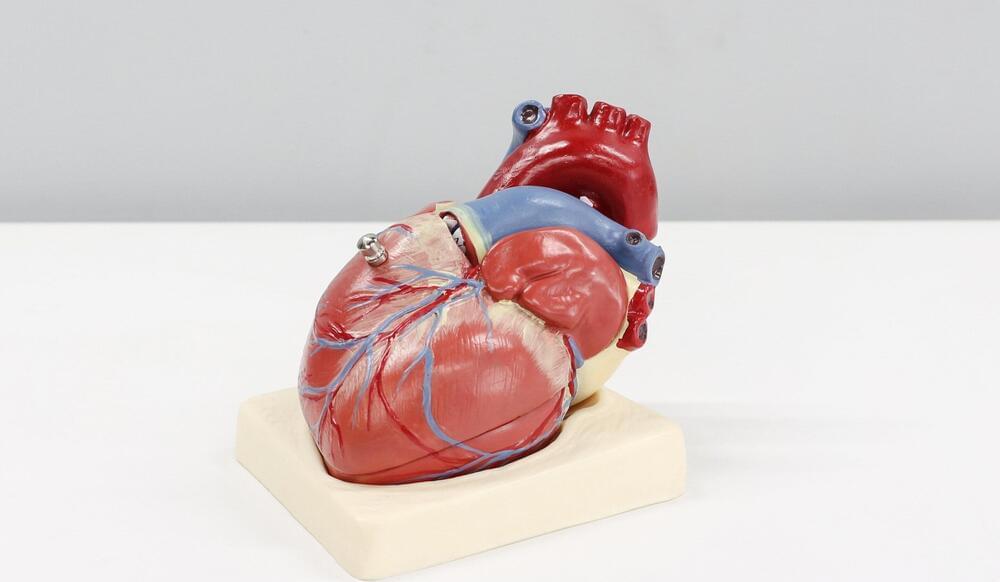
Transcatheter mitral valve repair for heart failure patients with mitral regurgitation can reduce the long-term rate of hospitalizations by almost 50 percent, and death by nearly 30 percent, compared with heart failure patients who don’t undergo the minimally invasive procedure.
These are the breakthrough findings from a new study led by a researcher from the Icahn School of Medicine at Mount Sinai. This multi-center trial is the largest trial to examine the safety and effectiveness of transcatheter mitral-valve repair in a heart failure population using Abbott’s MitraClip system. It shows this treatment option significantly improves outcomes for patients with heart failure that do not respond to conventional treatments.
The five-year results from the “Cardiovascular Outcomes Assessment of the MitraClip Percutaneous Device” study, or COAPT, were announced Sunday, March 5, in a Late Breaking Clinical Trial presentation at the American College of Cardiology Scientific Sessions Together with World Congress of Cardiology (ACC.23/WCC) in New Orleans, and published in The New England Journal of Medicine.
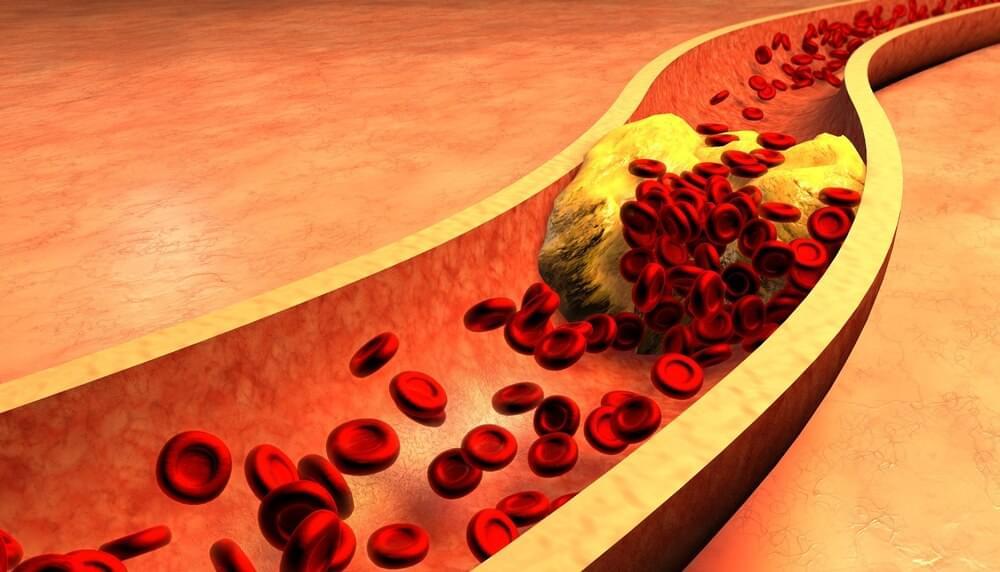
In a recent article published in the journal Nutrition, researchers in Australia summarized how diet could help decrease low-density lipoprotein cholesterol (LDLc) or triglyceride concentrations in polygenic hypercholesterolemia.
Study: A Review of Low-Density Lipoprotein-Lowering Diets in the Age of Anti-Sense Technology. Image Credit: Ralwell / Shutterstock.
Elevated LDLc or dyslipidemia, including high levels of total cholesterol, increases the risk of cardiometabolic disorders and cardiovascular diseases (CVDs), especially ischemic heart disease (IHD), if not managed in time. Pharmacological treatment is sometimes a prerequisite for cases with complex dyslipidemia with a genetic component. Subsequently, pharmacological research yielded several highly effective drugs based on monoclonal antibody (mAb) therapy, some of which researchers even reviewed in this paper.
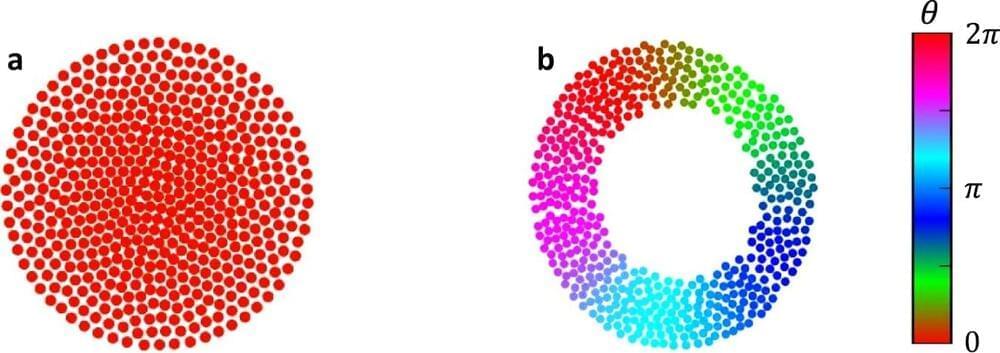
Imagine a world with precision medicine, where a swarm of microrobots delivers a payload of medicine directly to ailing cells. Or one where aerial or marine drones can collectively survey an area while exchanging minimal information about their location.
One early step towards realizing such technologies is being able to simultaneously simulate swarming behaviors and synchronized timing—behaviors found in slime molds, sperm and fireflies, for example.
In 2014, Cornell researchers first introduced a simple model of swarmalators—short for “swarming oscillator”—where particles self-organize to synchronize in both time and space. In the study, “Diverse Behaviors in Non-uniform Chiral and Non-chiral Swarmalators,” which published Feb. 20 in the journal Nature Communications, they expanded this model to make it more useful for engineering microrobots; to better understand existing, observed biological behaviors; and for theoreticians to experiment in this field.
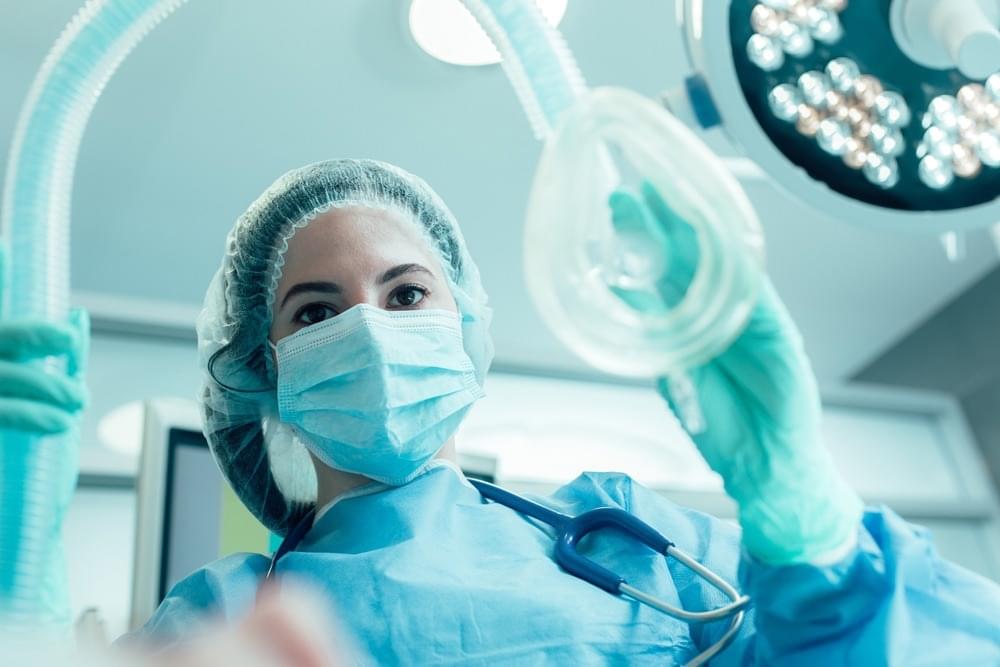
One of the most concerning outcomes following surgery and anesthesia among older adults is a condition known as postoperative cognitive dysfunction (POCD). Often, patients and their family members report feeling very fearful that the patient will suffer permanent cognitive deficits after anesthesia. Unfortunately, this pre-emptive fear may contribute to the complex array of symptoms associated with POCD and further complicate the ability to fully understand the subjective experience of this postoperative complication.
About the study
The current study published in the British Journal of Anesthesia involved the collection of data from the comments section of the published article titled ‘The hidden long-term risks of surgery.’ The comments were given an alphanumeric code to maintain chronological order and structure, while the username, submission date, and time were kept anonymous.
FULL AudioBook | GreatestAudioBooks | Science Fiction / Fantasy — Early victories by the USSR in a global nuclear war cause the United Nations government to retreat to the moon leaving behind troops and fierce autonomous robots called “Claws”, which reproduce and redesign themselves in unmanned subterranean factories. After six bloody years of conflict the Soviets call for an urgent conference and UN Major Joseph Hendricks sets out to meet them. Along the way he will discover what the Claws have been up to, and it isn’t good… — Second Variety was first published in the May 1953 edition of Space Science Fiction Magazine. (Summary by Gregg Margarite)
About the Author, Philip K. Dick:
Philip Kindred Dick (December 16, 1928 – March 2, 1982) was an American writer notable for publishing works of science fiction. Dick explored philosophical, social, and political themes in novels with plots dominated by monopolistic corporations, authoritarian governments, alternate universes, and altered states of consciousness. His work reflected his personal interest in metaphysics and theology, and often drew upon his life experiences in addressing the nature of reality, identity, drug abuse, schizophrenia, and transcendental experiences.
Born in Illinois before moving to California, Dick began publishing science fiction stories in the 1950s, initially finding little commercial success. His 1962 alternate history novel The Man in the High Castle earned Dick early acclaim, including a Hugo Award for Best Novel. He followed with science fiction novels such as Do Androids Dream of Electric Sheep? (1968) and Ubik (1969). His 1974 novel Flow My Tears, the Policeman Said won the John W. Campbell Memorial Award for best novel. Following a series of religious experiences in February–March 1974, Dick’s work engaged more explicitly with issues of theology, philosophy, and the nature of reality, as in such novels as A Scanner Darkly (1977) and VALIS (1981). A collection of his non-fiction writing on these themes was published posthumously as The Exegesis of Philip K. Dick (2011). He died in 1982 of a stroke, aged 53.
In addition to 44 published novels, Dick wrote approximately 121 short stories, most of which appeared in science fiction magazines during his lifetime. A variety of popular films based on his works have been produced, including Blade Runner (1982), Total Recall (1990), Minority Report (2002), A Scanner Darkly (2006), Paycheck (2003), Next (2007), and The Adjustment Bureau (2011). In 2005, Time magazine named Ubik one of the hundred greatest English-language novels published since 1923. [6] In 2007, Dick became the first science fiction writer to be included in The Library of America series. (Summary adapted from Wikipedia.org — Attribution: https://en.wikipedia.org/w/index.php?title=Philip_K._Dick&action=history)
► For FREE SPECIAL AUDIOBOOK OFFERS & MORE:
http://www.GreatestAudioBooks.com.
► Friend Us On FACEBOOK:
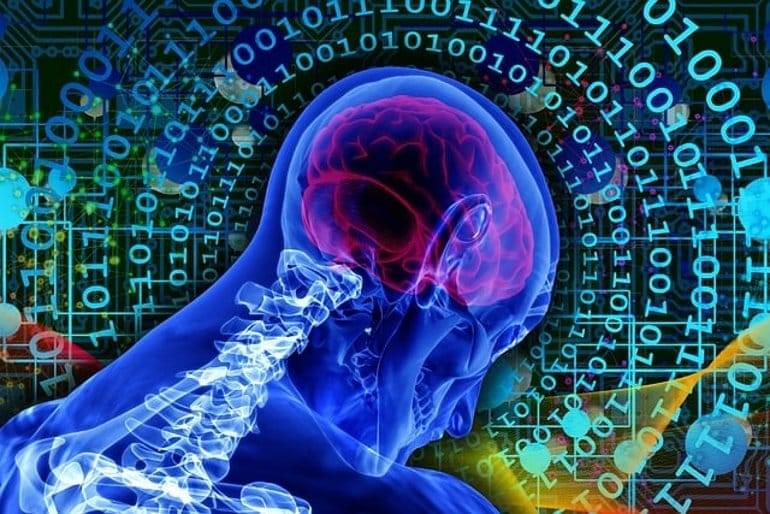
Summary: The human brain continues to massively outperform AI technology in a range of tasks, a new study reports. Researchers outline their plans for biocomputers and organoid intelligence systems as future improvements for artificial intelligence technology.
Source: Cortical Labs.
The time has come to create a new kind of computer, say researchers from John Hopkins University together with Dr Brett Kagan, chief scientist at Cortical Labs in Melbourne, who recently led development of the DishBrain project, in which human cells in a petri dish learnt to play Pong.

Ford Motor Co. has filed for a patent on technology that could remotely shut down your radio or air conditioning, lock you out of your vehicle, or prompt it to ceaselessly beep if you miss car payments. Ford said it has no plans to use the technology, contained in just one of the many patents filed by the auto-making giant.
Still, it emerges at a troubling time for car owners. Loan delinquencies have been steadily ticking back up from their pandemic lull. Cox Automotive data showed severely delinquent auto loans in January hitting their highest point since 2006. The use of technology to aid repossessions isn’t new, but the patent application is wide-ranging, even proposing the idea that an autonomous vehicle could drive itself to a “more convenient” location to be collected by a tow truck.
“It really seems like you’re opening up a can of worms that, as a manufacturer, you don’t really need to be doing,” said John Van Alst, a senior attorney with the National Consumer Law Center.
